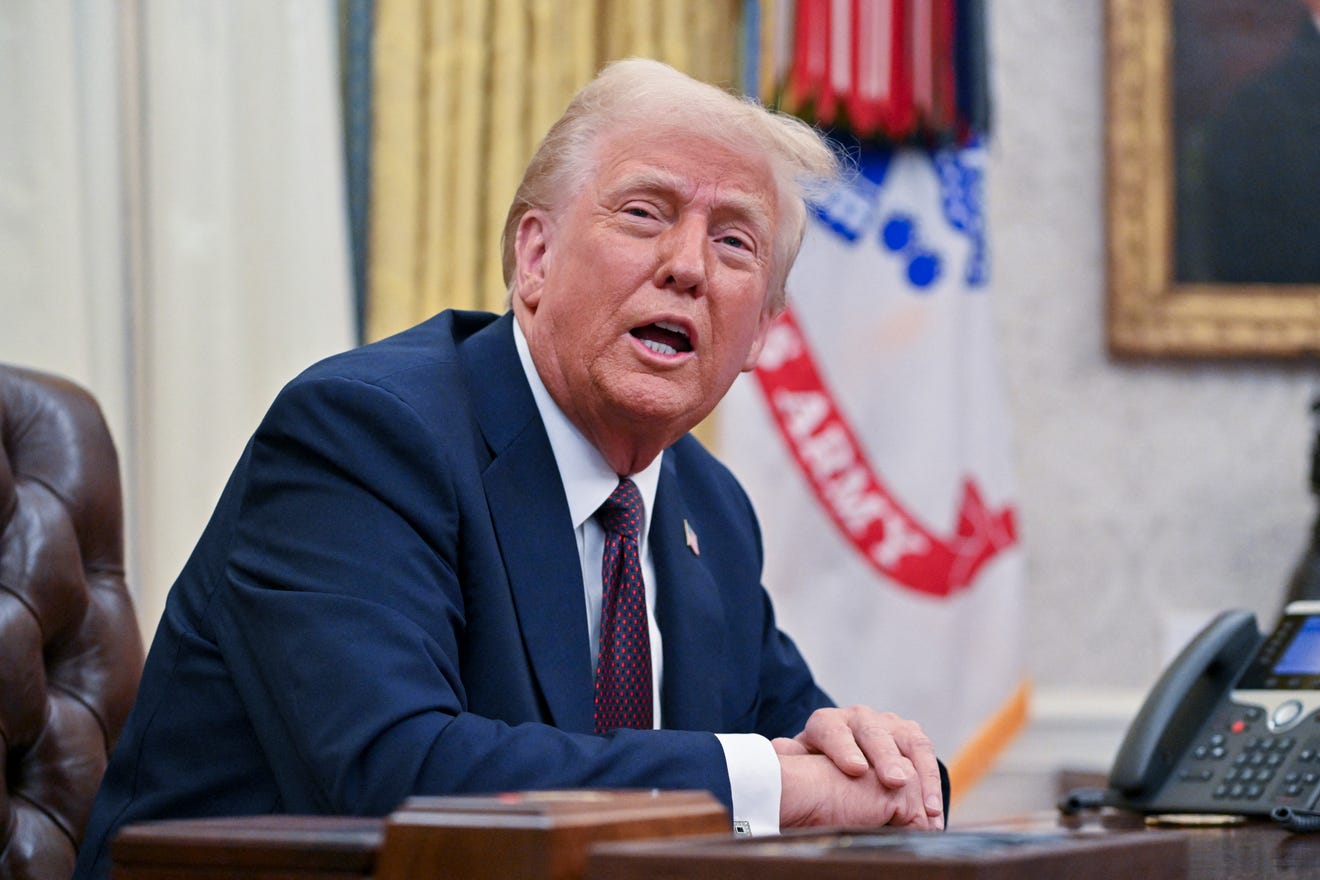Why The Pope's Ring Is Destroyed: The Significance Of The Ritual Following The Death Of A Pontiff

Table of Contents
The Symbolic Power of the Fisherman's Ring
The Fisherman's Ring holds immense symbolic power within the Catholic Church. Its historical significance stems from its depiction of St. Peter, the first Pope, fishing. This imagery symbolizes the Pope's authority and his role as the successor of St. Peter, the rock upon which the Church is built. More than just a piece of jewelry, the ring served a crucial practical purpose: authenticating papal documents.
- Symbol of Papal authority and power: The ring visually represents the immense spiritual authority vested in the Pope.
- Used to authenticate Papal documents (bulls): Historically, the ring's imprint was essential for verifying the authenticity of official papal documents, known as papal bulls. These documents carried significant weight in both spiritual and temporal matters.
- A visual representation of the Petrine office: The ring serves as a tangible reminder of the unbroken lineage connecting the current Pope to St. Peter and the early Church.
- Connection to the keys of the Kingdom: The imagery on the ring often alludes to the "keys of the Kingdom" given to St. Peter in the Gospels, signifying the Pope's spiritual authority and responsibility.
Preventing Forgery and Misuse After the Pope's Death
The destruction of the Pope's ring is not merely symbolic; it serves a vital practical purpose. The primary reason for this ritual is to prevent forgery and the potential misuse of the papal seal after the Pope's death. The ring's destruction safeguards against the creation of fraudulent documents that might claim the authority of the deceased Pope.
- Prevents forgery of papal documents: By destroying the ring, the Church ensures that no one can create counterfeit papal documents using the authentic seal.
- Safeguards the integrity of the Papacy: The ritual protects the reputation and authority of the Papacy by eliminating the possibility of forged documents undermining its credibility.
- A security measure to protect the Church: The destruction of the ring is a proactive security measure that prevents potential harm to the Church caused by fraudulent activity.
- Ensures the seal remains exclusive to the reigning Pope: The destruction underscores the unique and unrepeatable nature of each papal reign and the authority associated with it.
The Ritual of Destruction and its Ceremony
The destruction of the Pope's ring is a solemn ritual, usually performed by the Camerlengo (the Pope's chamberlain) shortly after the death of the Pontiff. The actual process involves physically crushing or breaking the ring, signifying the definitive end of that particular papacy. The timing is crucial, as it quickly eliminates the potential for misuse.
- Performed by the Camerlengo: The Camerlengo's role in this ritual highlights the importance of his office and his responsibilities during the sede vacante (vacancy of the papal see).
- Typically involves crushing or breaking the ring: This physical act symbolizes the irrevocable end of the Pope's earthly reign and authority.
- Symbolically ends the Pontiff’s reign: The destruction marks the clear transition from one papacy to another, emphasizing the unique and distinct nature of each pontificate.
- Marks the transition to a new papacy: The ritual serves as a clear symbolic marker, preparing the way for the election of the next Pope.
The Camerlengo's Role in the Ritual
The Camerlengo's role in the destruction of the Pope's ring is significant. Beyond this specific act, the Camerlengo assumes numerous responsibilities during the period between the death of a Pope and the election of his successor. This position holds considerable historical weight, carrying both practical and symbolic importance. The Camerlengo's actions during this period help maintain order and continuity within the Church. His role underscores the Church's established procedures for handling the transition of power.
Conclusion
The destruction of the Pope's ring, a centuries-old tradition, is far more than a simple act of disposal. It's a powerful symbol, representing the end of a papacy, safeguarding against fraud, and emphasizing the unique and sacred authority of the office. Understanding why the Pope's ring is destroyed provides deeper insight into the rich tapestry of Catholic tradition and the significance of the transition between pontiffs. Learn more about this fascinating ritual and other aspects of the Catholic Church by researching the historical significance of the Pope's ring destruction further. Delve deeper into the symbolism and history surrounding the Pope's ring destruction to gain a fuller appreciation of this compelling Catholic tradition.

Featured Posts
-
 The Alarming Truth About John Travoltas Rotten Tomatoes Rating
Apr 24, 2025
The Alarming Truth About John Travoltas Rotten Tomatoes Rating
Apr 24, 2025 -
 Nancy Mace Faces Angry Voter In South Carolina Details Of The Confrontation
Apr 24, 2025
Nancy Mace Faces Angry Voter In South Carolina Details Of The Confrontation
Apr 24, 2025 -
 Dram Market Shift Sk Hynix Challenges Samsungs Dominance With Ai
Apr 24, 2025
Dram Market Shift Sk Hynix Challenges Samsungs Dominance With Ai
Apr 24, 2025 -
 Trump Supporter Ray Epps Defamation Lawsuit Against Fox News Jan 6th Falsehoods Allegations
Apr 24, 2025
Trump Supporter Ray Epps Defamation Lawsuit Against Fox News Jan 6th Falsehoods Allegations
Apr 24, 2025 -
 Columbia Student Mahmoud Khalil Denied Permission To Attend Sons Birth By Ice
Apr 24, 2025
Columbia Student Mahmoud Khalil Denied Permission To Attend Sons Birth By Ice
Apr 24, 2025
Latest Posts
-
 Wow High Potentials Finale Proves Its Potential
May 10, 2025
Wow High Potentials Finale Proves Its Potential
May 10, 2025 -
 High Potential Season 1 Finale A Bold Move That Paid Off
May 10, 2025
High Potential Season 1 Finale A Bold Move That Paid Off
May 10, 2025 -
 Abc Impressed By High Potentials Risky Season 1 Finale
May 10, 2025
Abc Impressed By High Potentials Risky Season 1 Finale
May 10, 2025 -
 Documents On Epstein Diddy Jfk And Mlk Pam Bondi Announces Forthcoming Release
May 10, 2025
Documents On Epstein Diddy Jfk And Mlk Pam Bondi Announces Forthcoming Release
May 10, 2025 -
 Pam Bondi On Epstein Diddy Jfk Mlk Documents Release Imminent
May 10, 2025
Pam Bondi On Epstein Diddy Jfk Mlk Documents Release Imminent
May 10, 2025
